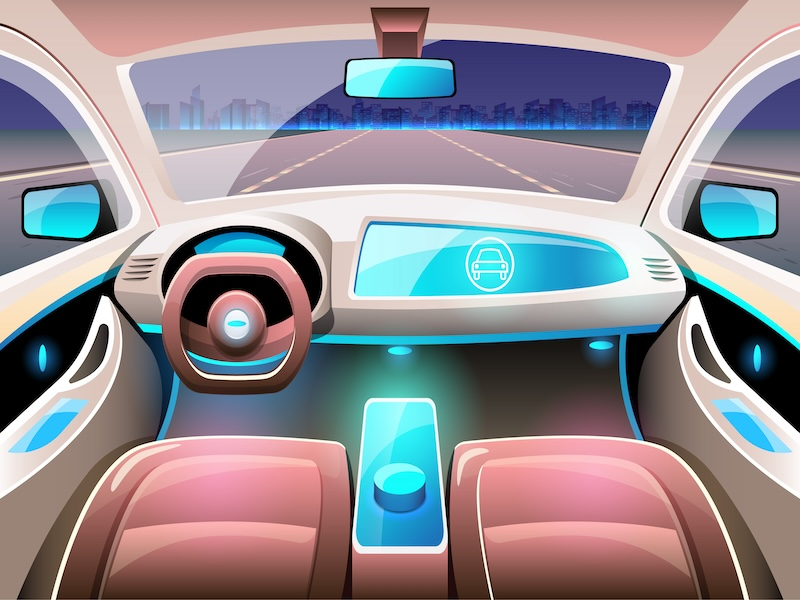- Tesla aims to leverage self-driving taxis to drive future growth, despite uncertainties over readiness and profitability.
- The company is shifting focus from declining electric car sales to autonomous vehicles, with ambitions to revolutionise transportation.
OUR TAKE
Tesla’s shift towards self-driving taxis signifies a major leap in AI integration for transportation. While ambitious, the road to achieving this vision involves overcoming significant technological and regulatory hurdles. The potential for increased valuation hinges on successful implementation and market adaptation.
— Zoey Zhu, BTW reporter
What happened
Tesla, led by CEO Elon Musk, is positioning self-driving taxis as a central element of its future growth strategy. During a recent conference call discussing the company’s second-quarter results, Musk highlighted that these autonomous vehicles, or robotaxis, are nearing perfection and anticipated to receive regulatory approval soon.
Musk envisions not just fully autonomous cars but also a model where Tesla owners can earn money by letting their vehicles operate as robotaxis when not in use. This vision aims to drive Tesla’s stock valuation from its current $740 billion to potentially trillions.
However, substantial technological and market challenges lie ahead. Tesla’s approach to autonomy, relying on affordable cameras rather than lidar sensors, is considered more difficult compared to competitors like Waymo and Cruise. The company’s driver-assistance systems, although advanced, require driver intervention and face scrutiny over safety.
Also read: EVs compatible with Tesla chargers: Access and adaptations
Also read: Tesla moves toward humanoid robots and self-driving Taxis
Why it’s important
Tesla’s focus on self-driving taxis has the potential to fundamentally alter the transportation industry. The robotaxi market is projected to be worth up to £5 trillion, highlighting the immense economic opportunity if Tesla’s plans come to fruition. Successfully implementing a widespread robotaxi service could introduce new revenue models and operational efficiencies, potentially transforming how people experience and engage with transportation.
However, several significant challenges must be addressed to realise this vision. Technologically, Tesla needs to advance its AI and sensor systems to effectively compete with industry leaders like Waymo and Cruise. Gaining regulatory approval is also crucial, as autonomous vehicles must meet rigorous safety standards before they can be widely deployed. Moreover, integrating personal vehicles into a robotaxi fleet presents logistical hurdles, including persuading car owners to participate and ensuring a high quality of service. Overcoming these obstacles is essential for Tesla to achieve its ambitious goals and reshape the future of mobility.

